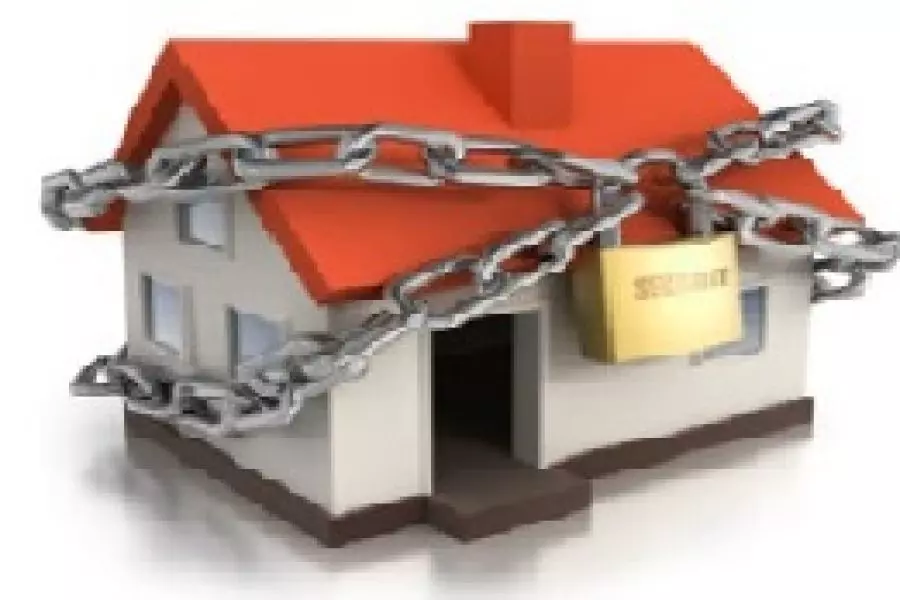News
Tenant damage liability: the Select Committee speaks

Wednesday 18th of April 2018
Tenant liability for damage to rental properties has been a fraught issue ever since the Court of Appeal released its controversial Osaki ruling.
The ruling left landlords liable for accidental damage caused by tenants and led the previous government to introduce the Residential Tenancies Amendment Bill (No. 2) into Parliament.
Former Minister of Housing Nick Smith acknowledged...
Want to read the full article?
Click the button below to subscribe and will have unlimited access to full article and all other articles on the site.






![[The Wrap] Bye Bye Bayly](https://goodreturns.publit.io/file/c_fill,w_900,h_600/39f23ac1-f7c7-4854-b700-a150004ebbac.webp)


